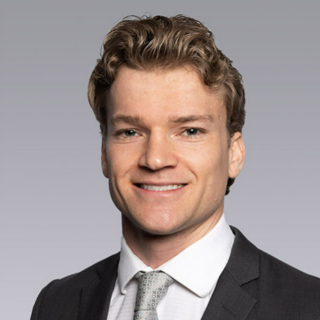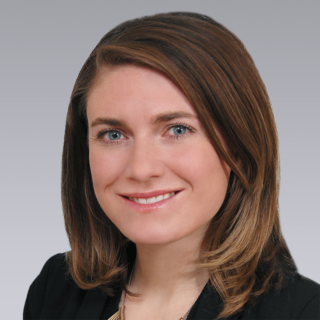In this article we examine the current context of the U.S. office market and highlight the key performance indicators in Q1 2019.
Though the U.S. office market had a quiet start to 2019, occupancy and rents held firm at cycle highs, as net absorption and sales volume were down, as is common for first quarters. Demand remains largely dominated by tech and coworking firms. Firms continue to focus on leasing the best space in order to attract and retain talent. Class A space accounted for almost all first-quarter absorption. Construction activity has surpassed the prior cycle’s peak and reached a record high. Any supply concerns remain localized and submarket specific. Sales volume is down, as is typical for a first quarter, but capitalization rates (cap rates) and pricing are holding firm. Suburban markets continue to see the greatest share of capital being placed.
Vacancy Remains at a Record Low 
- The U.S. office vacancy rate was unchanged in Q1 2019 at its record low of 11.6%. Vacancy has now been below its historic average for 17 consecutive quarters.
- Central business district (CBD) vacancy rates were unchanged in Q1 2019 at 10.2%, as were suburban levels at 12.3%.
- Nashville, Orlando and the San Francisco Bay Area (Bay Area) have the lowest vacancy rates among the major metros, with all three tied at 7.6%.
CBD Markets are Still Seeing Rent Growth
- Average Class A office asking rates rose by 1.3% in the first quarter to $37.50 per square foot.
- Rent growth is being driven by CBD markets where average Class A asking rates are up by 2.7% in Q1 2019 and 3.4% over the past 12 months.
- Over the past 12 months, 17 CBD markets saw Class A asking rents rise by more than 5% led by San Francisco (9.6%) and Boston (9.3%).
- Suburban rent growth has been more subdued recently, with first quarter Class A rent growth led by Miami (4.3%), South Florida (2.6%) and Los Angeles (1.7%). Rents fell in several Midwest markets.
Absorption Drops Sharply
- Office absorption fell sharply in Q1 2019 from 25.3 million square feet in the prior quarter to 7.3 million square feet, with virtually zero absorption recorded across CBD markets.
- This is no cause for alarm. Total absorption in the corresponding period in 2018 was similar, at 7.9 million square foot.
- Office absorption is up by 30% on a year-over-year basis and despite the first-quarter downturn, 57% of markets recorded positive absorption in Q1 2019.
Construction is Still Rising
- The amount of office space under construction in the U.S. stands at 132.6 million square feet. This is the highest total on record. Construction peaked at 125.2 million square feet in the prior cycle.
- More than one- third of space underway is concentrated in three markets: New York, the Bay Area and Washington, D.C. The main supply concerns among the major markets are in The District of Columbia and Downtown Los Angeles.
- The fastest growing markets are Nashville, Seattle, the Bay Area and Austin. All of these markets are tech-centric in nature.

Cap rates and pricing remain strong
- Average cap rates stand at 6.6%, the same as a year ago. CBD cap rates fell by 20 basis-points over the same time-period to 5.4%, while there was a 10 basis-point increase in suburban cap rates to 6.9%. Pricing is up by 4% on a CPPI basis over the same period.
- Sales volume in Q1 2019 totaled $25.6 billion, down from $42.4 billion in the prior quarter. Such a drop is not unusual early in the year.
- Investors continue to favor suburban assets, investing $15.7 billion in the first quarter compared with $9.9 billion in CBD locations.
- On a regional basis, the West is seeing the greatest investor interest and is the only region where sales volume is up year over year.
For more insights, check out our Q1 2019 Top Office Markets Report and stay tuned for our Q1 2019 Office Market Outlook Report to be published soon.
About the author:
Stephen is the National Director of Office Research for Colliers International, where he focuses on analyzing office property trends, compiling Colliers’ thought leadership and delivering timely market projections to provide clients with a leading edge in our industry.

 U.S. National Research
U.S. National Research
 Sheena Gohil
Sheena Gohil Bob Shanahan
Bob Shanahan Dougal Jeppe
Dougal Jeppe Kai Shane
Kai Shane
 Bret Swango, CFA
Bret Swango, CFA Michelle Cleverdon
Michelle Cleverdon
 Aaron Jodka
Aaron Jodka